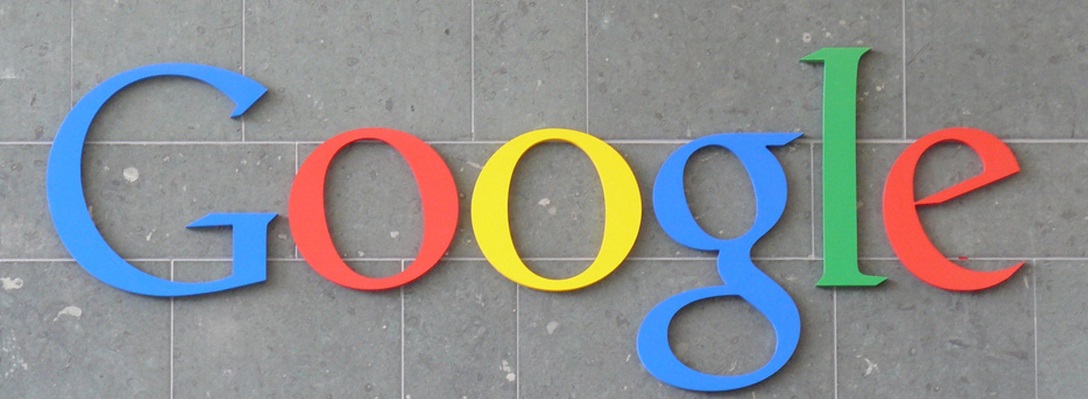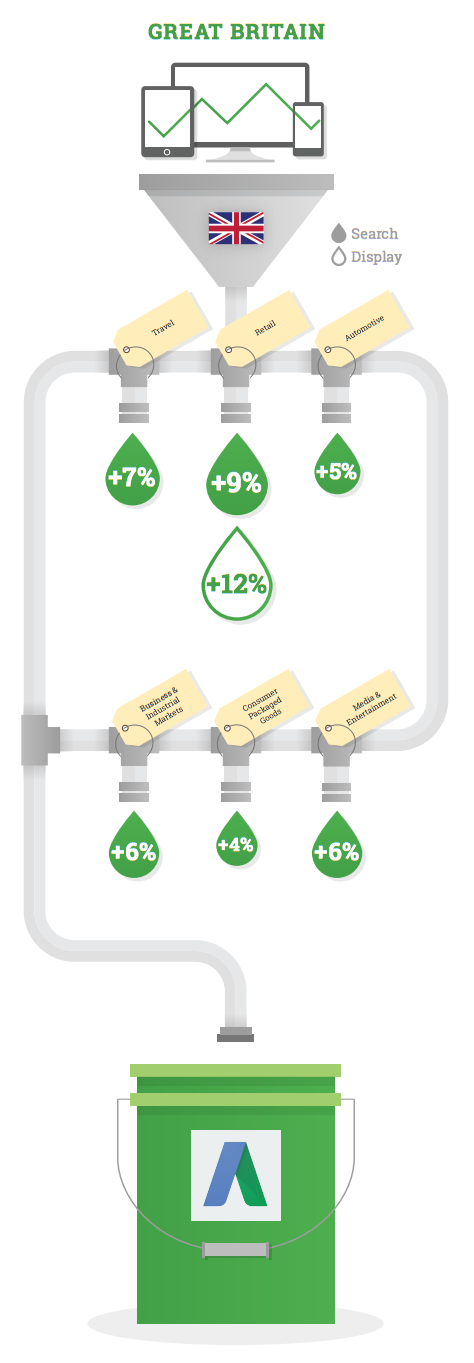Until recently, many advertisers have been unconvinced about the value of mobile marketing because, whilst many potential customers search for a product or service on their mobile device, they may then return later to their desktop or tablet to actually purchase that product or service.
This conversion gets attributed to the desktop rather than a mobile device, making the value of mobile looking weaker. New developments by Google are going to make it easier to track cross-device conversions so that we can all see the power behind mobile attribution, and therefore put more of our hard earned advertising budgets into it.
What improvements are Google making? New analytical tools are enabling cross-device conversions to be reported at keyword-level in Google’s search, display and advertising products.
Marketers will be able to see the conversion rates of individual devices as a percentage of all-device traffic and therefore track trends in contribution by each device. This will enable them to understand more fully how different ad groups perform across different devices and adapt their digital marketing strategy accordingly.
In June, Google released data showing that when cross-device tracking is enabled, Retail AdWords conversions increase dramatically. The infographic below shows Google’s analysis of the impact of cross-device tracking of a 9% increase in conversions in the UK retail sector.

One of the main implications for marketers of Google’s new initiative is that Google Adword automated bids can now be optimised for cross-device conversions. They will be able to assess CPA (cost per acquisition) across mobile, tablet and desktop devices and should see a lowering of CPA as a result which will then enable them to increase mobile budgets and bids, without affecting their overall ROI (Return On Investment).
In addition to cross-device conversions, Google are also trying to improve the conversion rate of purely mobile transactions. There are plans to constantly improve customer’s mobile experiences. One example of this is by introducing “Buy” buttons in Google shopping.

Google also plans to create new mobile ad formats for all sectors. According to Jerry Dischler, Vice President of Product Management at Google Adwords: “The whole point of vertical-specific formats is to drive people from their initial expression of intent, to conversion as quickly as possible. … we’re intending to expand that set of verticals in a scalable way so that all advertisers have these more structured formats.”
So, for both cross-device conversions and mobile device conversions, Google are on the case! We will report back in a later blog about further developments in this area. We would also be interested to hear from how you are using and benefiting from the new Google tools, and the impact they are having on your digital marketing strategy!

